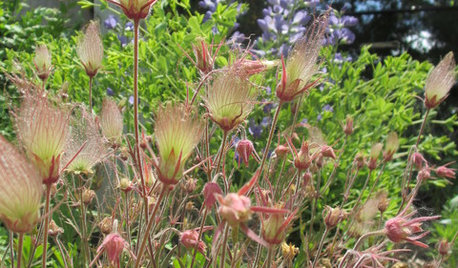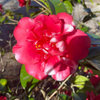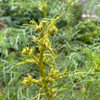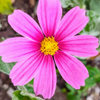Re-seeding plants and using mulch
gardenper
10 years ago
Featured Answer
Sort by:Oldest
Comments (10)
ken_adrian Adrian MI cold Z5
10 years agodocmom_gw
10 years agoRelated Professionals
Reading Landscape Architects & Landscape Designers · Rancho Cordova Landscape Architects & Landscape Designers · Arlington Landscape Contractors · Annandale Landscape Contractors · Belmont Landscape Contractors · Cary Landscape Contractors · Norristown Landscape Contractors · River Ridge Landscape Contractors · Tustin Landscape Contractors · Eustis Driveway Installation & Maintenance · Shorewood Decks, Patios & Outdoor Enclosures · Fairfax Decks, Patios & Outdoor Enclosures · Jupiter Decks, Patios & Outdoor Enclosures · Montgomery County Decks, Patios & Outdoor Enclosures · West Palm Beach Decks, Patios & Outdoor EnclosuresSouthCountryGuy Zone 4b-5 SE BC
10 years agoEdie
10 years agovera_eastern_wa
10 years agorhizo_1 (North AL) zone 7
10 years agogardenper
10 years agowantonamara Z8 CenTex
9 years agoDonna
9 years ago
Related Stories

GARDENING GUIDESHow to Plant a New Lawn From Seed
Choose from more grass varieties and save money over sod by starting your lawn from seed
Full Story
GARDENING GUIDESThe Art of Green Mulch
You can design a natural garden that doesn’t rely on covering your soil with wood and bark mulch
Full Story
GARDENING GUIDESHow to Pick a Mulch — and Why Your Soil Wants It
There's more to topdressing than shredded wood. Learn about mulch types, costs and design considerations here
Full Story
GARDENING GUIDESNew Ways to Think About All That Mulch in the Garden
Before you go making a mountain out of a mulch hill, learn the facts about what your plants and soil really want
Full Story
GARDENING GUIDESSeeds or Seedlings? How to Get Your Garden Started
Growing delicious herbs and vegetables starts with knowing your goals and when you want to plant
Full Story
LANDSCAPE DESIGNThe 7 Best Plant Types for Creating Privacy and How to Use Them
Follow these tips for using different kinds of plants as living privacy screens
Full Story
GRASSES10 Ways to Use Ornamental Grasses in the Landscape
These low-maintenance plants can add beauty, texture and privacy to any size garden
Full Story
GARDENING GUIDESGreat Design Plant: Geum Triflorum
Nodding red blooms, glittery effervescent seed heads and a tough-as-nails constitution make prairie smoke a winning ground cover
Full Story
GARDENING GUIDESGreat Design Plant: Blue Sage
True blue and adored by hummingbirds, blue sage is easy to grow from seed in a sunny fall garden
Full Story









ken_adrian Adrian MI cold Z5